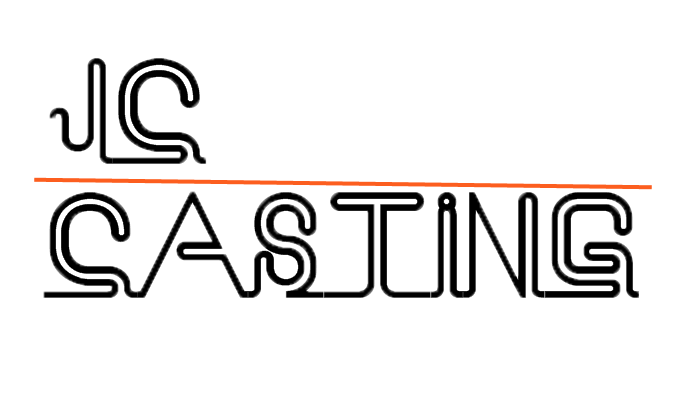Investment casting is often used for small precision parts that are difficult to produce by any other method. The wall thickness of aluminium castings can be as thin as half a millimeter. They range from a fraction of an ounce to over 1,000 pounds, although most castings are 15 pounds or less.
Investment castings have been used in jewelry making for centuries, but are now finding more uses, including precision instruments, engine parts and medical equipment. Aluminium investment castings are widely used in the aerospace, automotive, military, dental, mining, food processing, sports and telecommunications industries due to the wide range of applications in which metal parts are manufactured.
Aluminum investment casting
Aluminum Investment Castings - Ferralloy Inc.
The process begins by creating a wax pattern called a master pattern by engraving or injection molding. Wax patterns can be assembled with other wax patterns and then attached to a wax sprue or wax rod, so they can all be cast in one go. Up to hundreds of patterns can be assembled around the runner.
Once firmly attached, the ceramic slurry, called investment, is applied by two main methods. First, the patterned clusters are dipped into the embedding multiple times and removed to achieve a uniform surface and thickness. Another way is to put the cluster in a flask and fill it with the investment, vibrate it to let the air escape and make sure all the space inside is filled with the investment.
Drying is the next step and can be accelerated by placing the components in a vacuum or by fans. Once dry, turn the assembly upside down and place in a furnace or oven. The wax melts and drips or evaporates. The mold is heated further to remove any moisture or wax residue; this step in the process is called burnout. The liquid aluminium is poured into the space where the wax used to be by gravity, vacuum, positive air pressure or centrifugal casting methods. After cooling, the hardened embedded shell is hammered, vibrated, dissolved or sandblasted or sprayed with water to release the aluminium components inside.
